|
|
請教UL 817 以下標準的中文意思?" j6 V$ i- J+ Q7 t: L
這抗電弧測試是否只針對連接器呢 ?
3 z5 P- {0 i3 Z/ V' L5 c6 w* w# ?% u( U
) i6 d4 ^9 ~. z& H4 k- ?14.7 Resistance to arcing test
8 b7 O' L/ \, B" Y14.7.1 The connector fittings that were subjected to 50 cycles of operation in the Overload test described: S/ R+ S$ U. p: E& T
in 14.4 shall perform acceptably when subjected to an additional 200 cycles of operation under the
. M7 X3 `3 h# V' aoverload test conditions following the temperature test and the repeated retention of plugs test.$ _+ x- n/ M- \! R) I
14.7.2 Alternatively, six representative connector fittings may be subjected to the 50 cycles of operation
3 Q7 x- Q: n2 w* yin the Overload test described in 14.4, followed by the Temperature test and repeated Retention of blades& k/ o* g. l2 `6 `7 P& w S
test on the connector fittings, and then, to determine resistance to arcing, a second, previously untested* A, {8 q# Q$ Q7 [) E
set of connector fittings may be subjected to 250 cycles of operation under the overload-test conditions./ l+ q1 E7 G- ?: y8 c
14.7.3 The attachment plug used for this test may be changed after every 50 operations. There shall not& m" q9 C( ], E% k& t
be any sustained flaming of the material in excess of five seconds duration. There shall not be any
6 l" K7 x4 d& Uelectrical tracking or the formation of a permanent carbon conductive path that results in a dielectric8 I8 u0 U; O( x, g
breakdown, as determined by the application of a 60 Hz essentially sinusoidal potential of 1500 V8 f* u4 ~, i. B5 `) \' O. H
|
|



 窥视卡
窥视卡 雷达卡
雷达卡 发表于 2016-6-18 17:07
发表于 2016-6-18 17:07
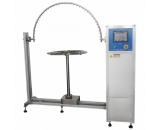

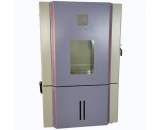

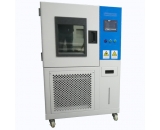

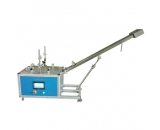

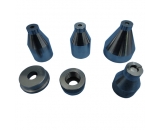






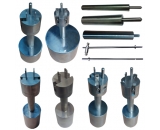
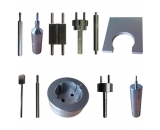
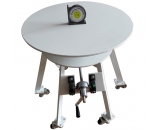
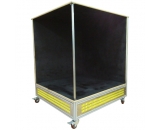

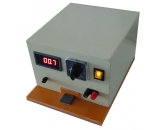
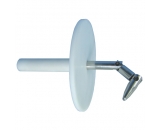
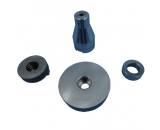
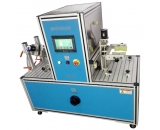
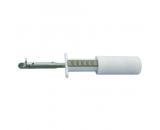
 提升卡
提升卡 置顶卡
置顶卡 沉默卡
沉默卡 喧嚣卡
喧嚣卡 变色卡
变色卡 抢沙发
抢沙发 千斤顶
千斤顶 显身卡
显身卡 发表于 2016-7-19 15:38
发表于 2016-7-19 15:38














